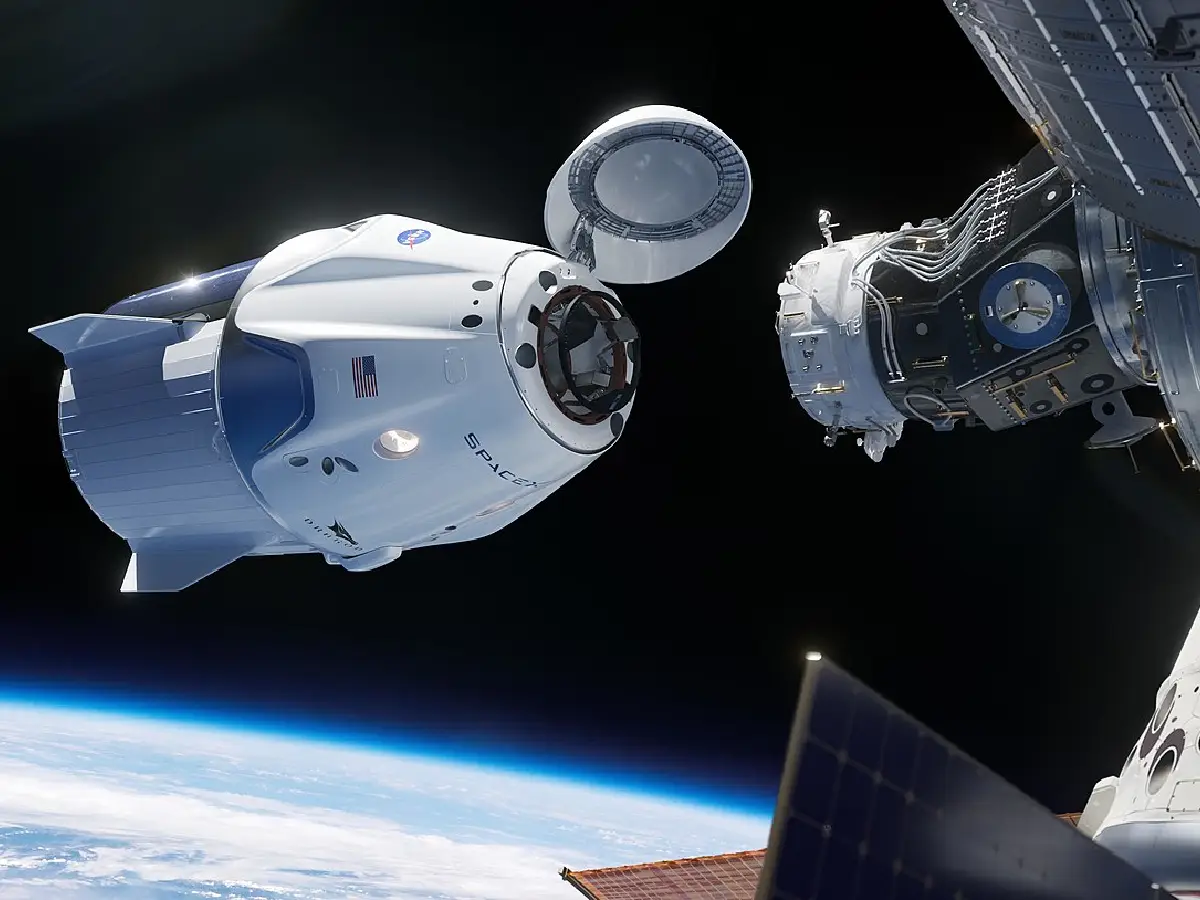Next month, SpaceX and NASA will embark on another monumental journey as part of their ongoing collaboration under the Commercial Crew Program. The Crew-9 mission, set to launch in August 2024, epitomizes the synergy between public and private sectors, leveraging SpaceX’s cutting-edge technology and NASA’s extensive experience in human spaceflight. This partnership has revolutionized space travel, making it more efficient, cost-effective, and innovative.
The Evolution of the NASA-SpaceX Partnership
NASA’s Commercial Crew Program, initiated in 2010, aims to develop safe, reliable, and cost-effective human space transportation capabilities. SpaceX, founded by Elon Musk in 2002, has been a pivotal player in this program. The partnership began with the successful demonstration flights of the Crew Dragon spacecraft, which led to operational missions ferrying astronauts to and from the International Space Station (ISS). Crew-9 marks the latest chapter in this ongoing collaboration, highlighting the mutual benefits of combining NASA’s expertise with SpaceX’s entrepreneurial agility.

Technical Details of the Crew-9 Mission
The Crew-9 mission will utilize SpaceX’s Crew Dragon spacecraft, launched atop a Falcon 9 rocket. The Crew Dragon, known for its advanced design and reusability, features state-of-the-art life support systems, touch-screen interfaces, and automated docking capabilities. These enhancements significantly improve the safety and efficiency of crewed space missions.
Crew Composition:
- Commander: An experienced NASA astronaut.
- Pilot: An astronaut from the European Space Agency (ESA).
- Mission Specialists: Two additional astronauts, one from NASA and one from the Japan Aerospace Exploration Agency (JAXA).
Mission Objectives:
- Conduct a range of scientific experiments across various disciplines, including biology, physics, and Earth science.
- Perform maintenance and upgrades to the ISS infrastructure.
- Facilitate international collaboration and share scientific data with global partners.
Key Systems and Innovations:
- Advanced Avionics: The Crew Dragon is equipped with sophisticated navigation and control systems, allowing for automated docking and enhanced safety protocols.
- Environmental Control and Life Support System (ECLSS): Ensures a habitable environment by regulating temperature, humidity, and oxygen levels.
Financial Overview
The financial aspects of the Crew-9 mission underscore the evolving landscape of commercial space exploration. NASA’s Commercial Crew Program represents a strategic shift towards privatizing aspects of space travel to reduce costs and foster innovation.
Cost Breakdown:
- SpaceX Contract: NASA awarded SpaceX a $2.6 billion contract in 2014 to develop and operate the Crew Dragon. Each operational mission under this contract is estimated to cost around $200 million.
- Cost Efficiency: The reusable nature of the Falcon 9 and Crew Dragon systems significantly reduces the cost per launch compared to traditional expendable rockets.
Economic Impacts:
- Job Creation: The ongoing missions support thousands of jobs in the aerospace sector, from engineering and manufacturing to mission planning and operations.
- Technological Advancements: Investments in SpaceX’s technology have broader economic benefits, driving advancements in related fields such as materials science, robotics, and artificial intelligence.
Socio-Economic and Geopolitical Context
The Crew-9 mission takes place against a complex socio-economic and geopolitical backdrop, influencing and being influenced by global dynamics.
International Collaboration:
- The inclusion of astronauts from ESA and JAXA highlights the mission’s role in fostering international cooperation. Amid geopolitical tensions, the ISS remains a symbol of peaceful collaboration.
Economic Considerations:
- Investment in Innovation: The mission underscores the importance of investing in cutting-edge technologies. In an era marked by economic uncertainties, space exploration represents a frontier for innovation and economic growth.
- Public-Private Partnerships: NASA’s partnership with SpaceX exemplifies the benefits of public-private collaborations. By leveraging private sector efficiencies, NASA can achieve its objectives more cost-effectively.
Geopolitical Implications:
- Space Race 2.0: The resurgence of a new space race, with countries like China and India making significant strides, adds a competitive dimension to space exploration. The Crew-9 mission is part of maintaining the US’s leadership in space.
- Strategic Autonomy: Ensuring independent access to space is crucial for national security and strategic autonomy. The success of Crew-9 contributes to this objective.
Broader Impacts:
- STEM Inspiration: High-profile missions like Crew-9 inspire the next generation of scientists, engineers, and explorers. The educational outreach associated with these missions helps cultivate interest in STEM fields.
- Global Collaboration: The shared pursuit of scientific knowledge fosters global goodwill, providing a platform for cooperation that transcends terrestrial conflicts.

The SpaceX Crew-9 mission is a testament to human ingenuity and the collaborative spirit of space exploration. It not only advances scientific and technological frontiers but also contributes to economic growth, international cooperation, and strategic autonomy. As SpaceX and NASA continue to push the boundaries of what is possible, missions like Crew-9 remind us of the profound potential of human spaceflight to unite and inspire.



